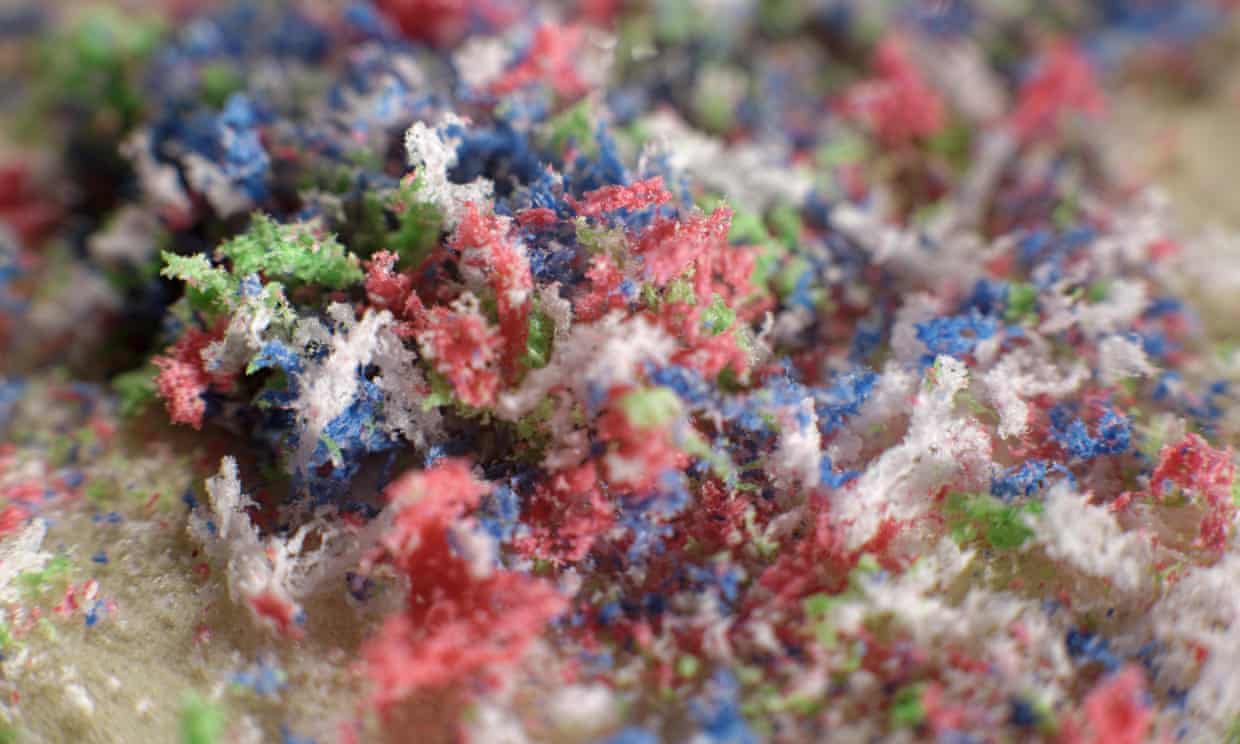
About 90% of water samples taken over the last 10 years from the Great Lakes contain microplastic levels that are unsafe for wildlife, a new peer-reviewed paper from the University of Toronto finds.
About 20% of those samples are at the highest level of risk, but the study’s authors say the damage can be reversed if the US and Canada quickly act.
Though Canadian and US governments have known about microplastic levels for at least 10 years, it can take time for regulators to act, and the new paper highlights the situation’s urgency.
The Great Lakes provide drinking water to over 40 million people in the US and Canada, hold about 90% of the US’s freshwater, and are home to 3,500 species of plants and animals.
The authors reviewed data from peer-reviewed studies from the last 10 years, which showed the highest levels are found in tributaries leading to the lakes, or around major cities like Chicago and Toronto. The highest median levels were found in Lake Michigan and Lake Ontario.
The consequences for human health are unknown.